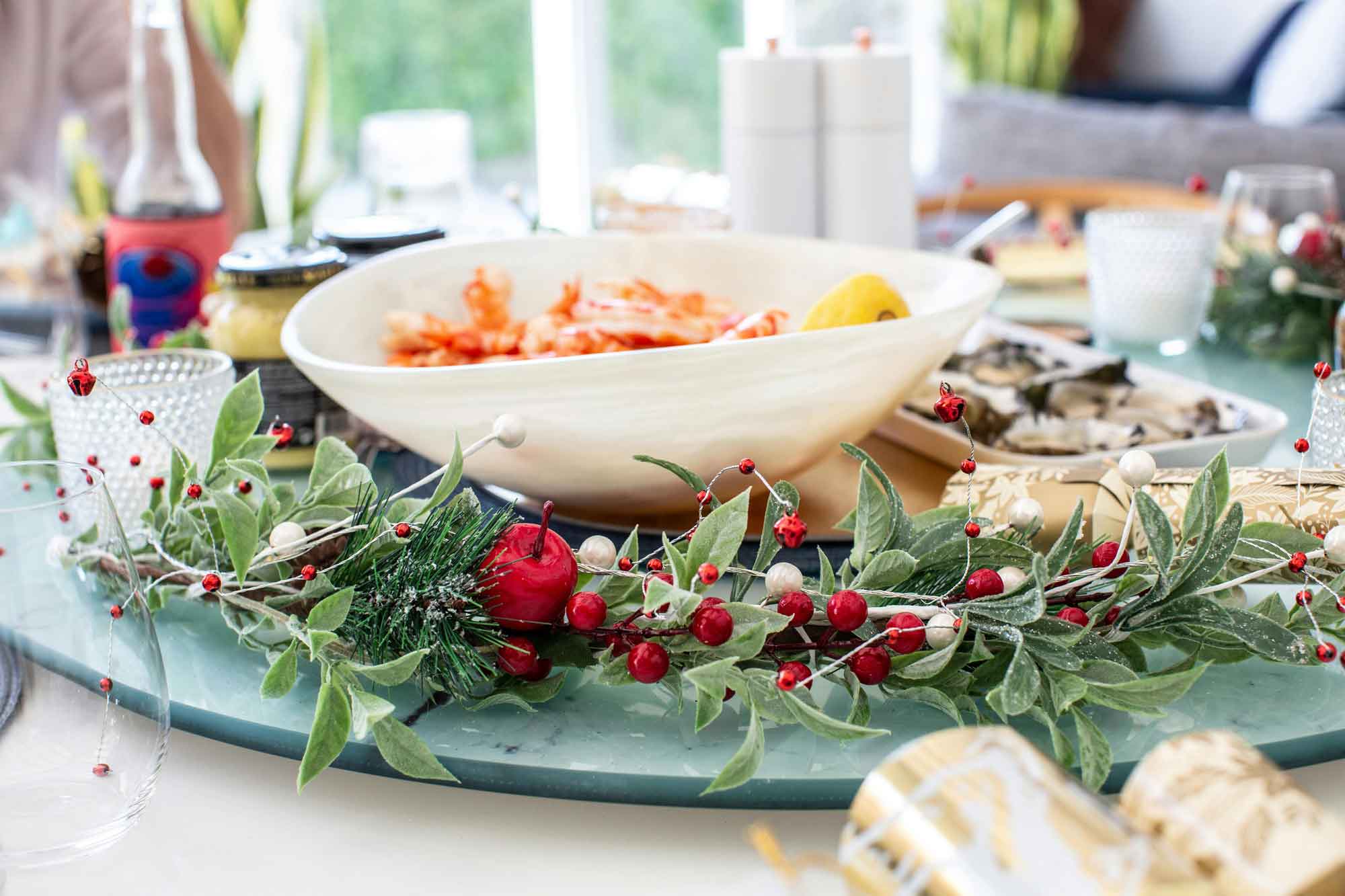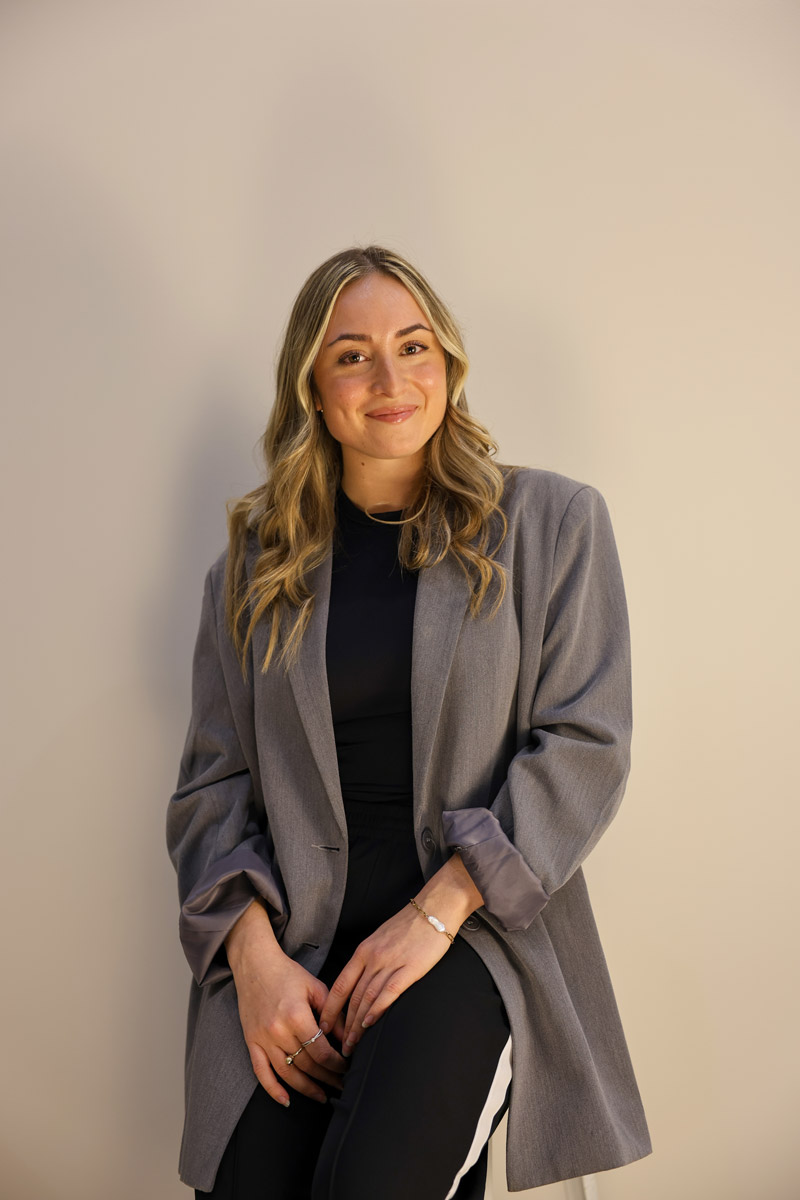Women who eat more fibre live longer. In fact, research shows that higher fibre intake is linked to a 15–30% lower risk of dying from heart disease, stroke, type 2 diabetes, or cancer some of the biggest health concerns for women today.⁴
Yet most Australian women are only getting half the recommended daily amount. Fibre doesn’t just support digestion, it’s one of the most powerful and overlooked tools for hormonal balance, metabolic health, and long-term disease prevention.
After oestrogen is broken down by the liver, it must be cleared through the bowels. Without enough fibre, it can be reabsorbed, increasing the risk of oestrogen dominance. This can contribute to PMS, heavy periods, endometriosis, fibroids, hormonal acne, and bloating. Research shows that higher fibre intake is associated with lower circulating oestrogen levels¹ a key factor in balancing hormones naturally.
During perimenopause, fibre helps buffer hormonal shifts, reduce inflammation, support blood sugar regulation, and improve gut health all of which can make a noticeable difference in energy, mood, sleep and weight regulation. It’s also protective against breast cancer³ and supports cardiovascular health, which becomes more important after menopause.
How much do you need?
Women should aim for 25–30 grams of fibre daily, but most are getting only 15–20 grams if that!
Here are simple, practical ways to boost your intake:
- Add 1 tbsp chia or flaxseed to smoothies, porridge or yoghurt
- Include 2–3 cups of vegetables across your day
- Choose wholegrain options like brown rice, organic oats, and seeded bread
- Enjoy fruit with skin on, like apples, pears, berries and kiwis (controversial opinion!)
- Add legumes (lentils, chickpeas, black beans) to salads, soups or spag-bol!
Start gradually and drink more water to support your digestion, especially if you’re increasing fibre for the first time.
Fibre might not be the trendiest topic, but it works. If you’re dealing with bloating, sluggish digestion, hormonal symptoms or feeling flat and inflamed, start here. It’s one of the simplest, most effective ways to support your health at every age and stage.
– Bella Roberton Naturopath
References
- Głąbska D, et al. (2018). Crit Rev Food Sci Nutr, 58(7):1241–1251.
- Kazemian E, et al. (2019). J Nutr, 149(10):1620–1628.
- Farvid MS, et al. (2020). Cancer, 126(13):3061–3075.
- Reynolds A, et al. (2019). The Lancet, 393(10170):434–445.




